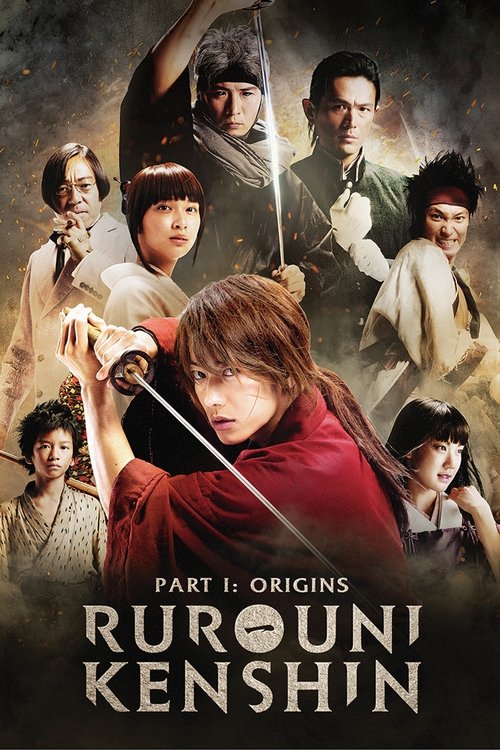
Title: Rurouni Kenshin Part I: Origins
Year: 2012
Director: Keishi Otomo
Writer: Keishi Otomo
Cast: Takeru Satoh (Kenshin Himura), Emi Takei (Kaoru Kamiya), Koji Kikkawa (Udo Jine), Yu Aoi (Megumi Takani), Munetaka Aoki (Sanosuke Sagara),
Runtime: 134 min.
Synopsis: In 1868, after the Bakumatsu war ends, the ex-assassin Kenshin Himura traverses Japan with an inverted sword, to defend the needy without killing.
Rating: 7.523/10